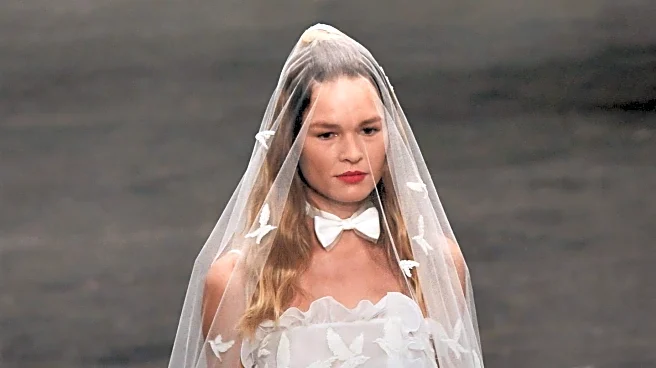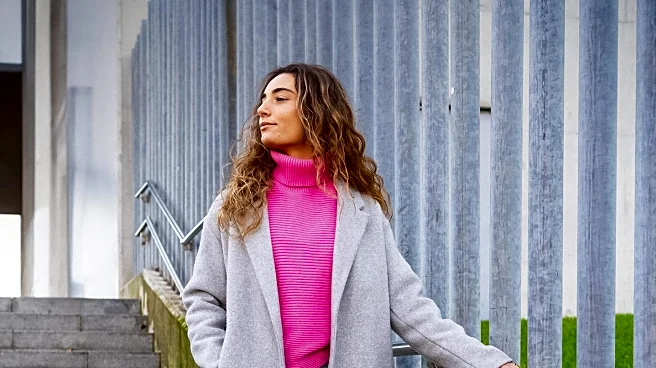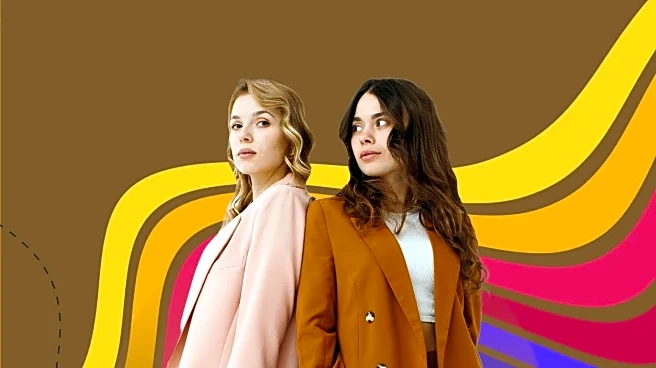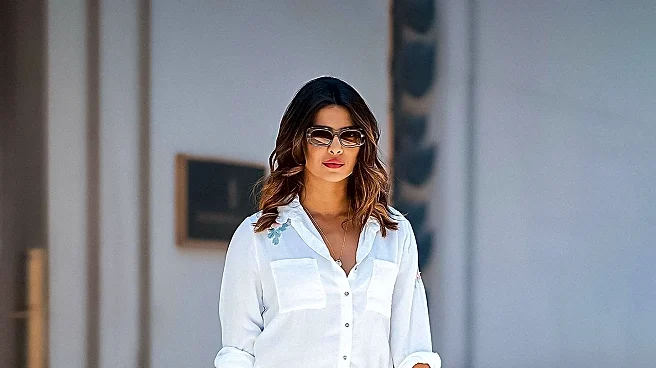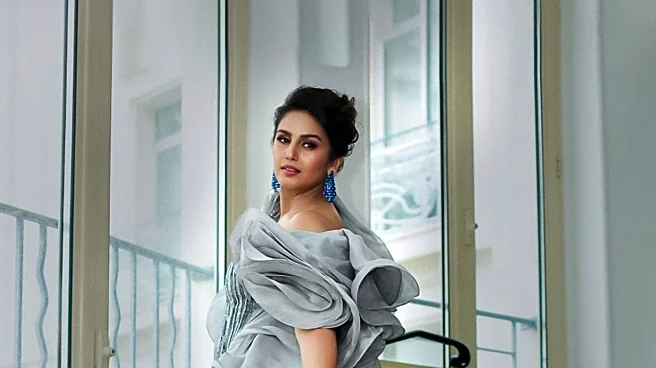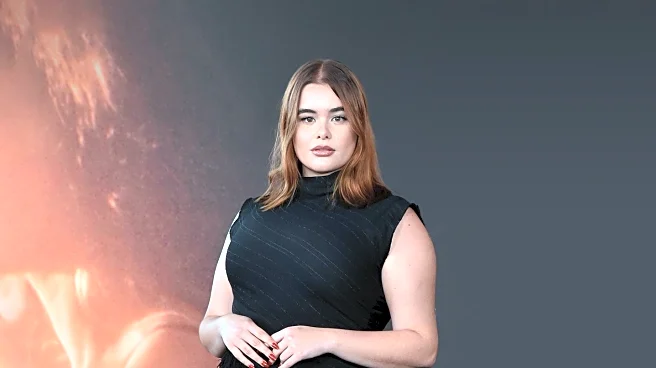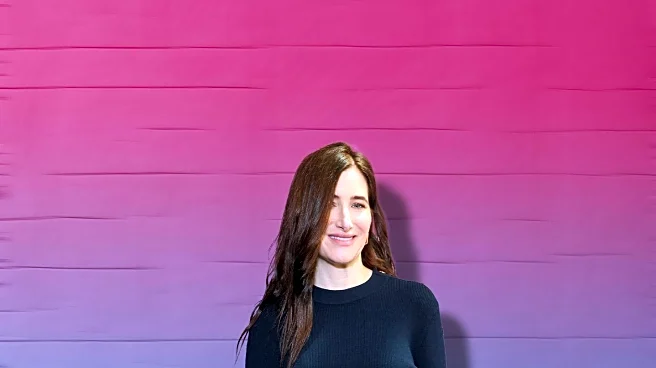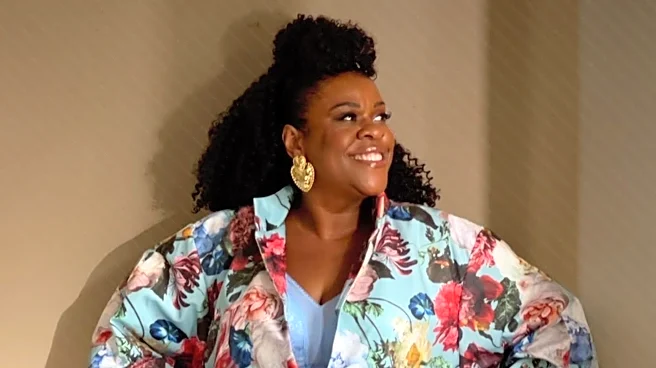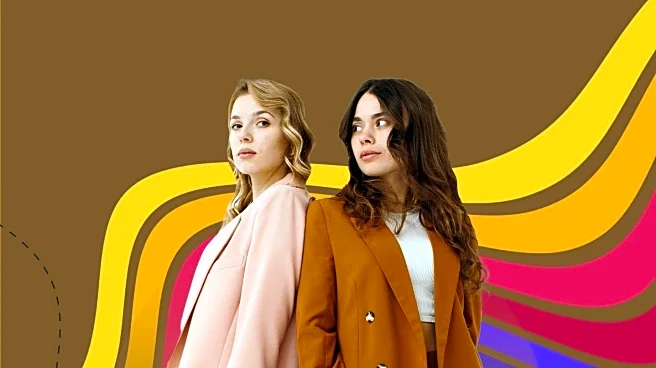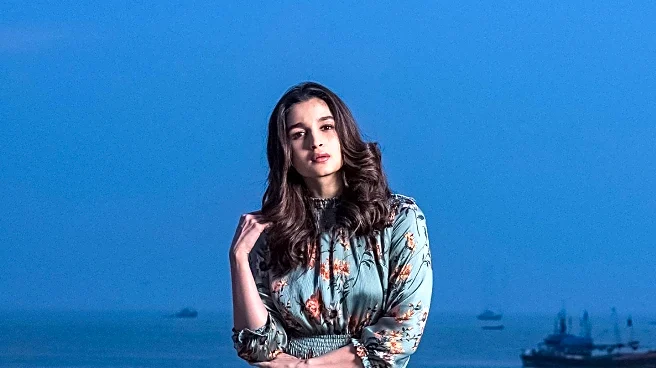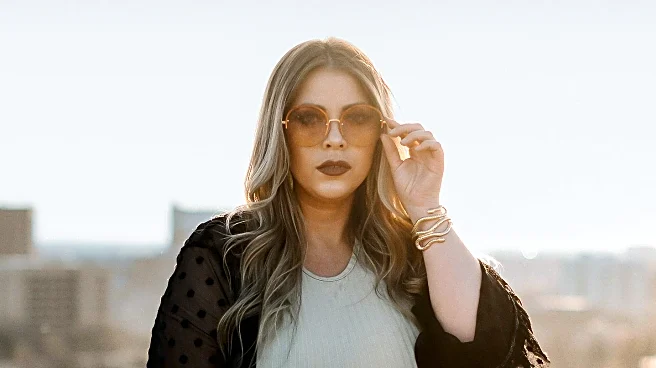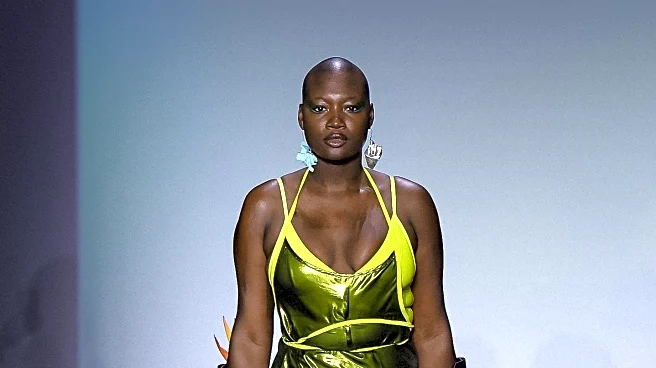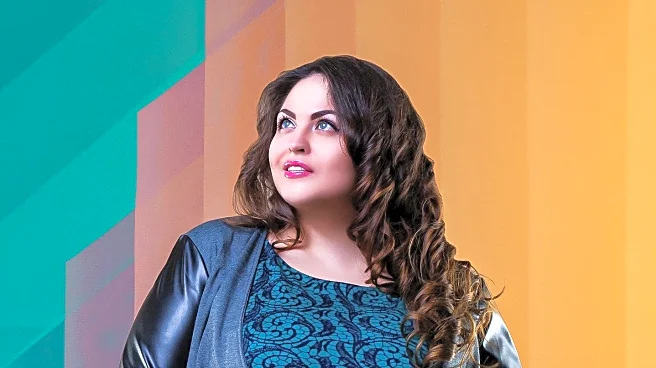What is the story about?
What's Happening?
The fashion industry is under scrutiny for its inconsistent representation of plus-size brides in bridal campaigns. While some brands have started to include extended sizes in their collections, many still default to straight-size models in key visuals and runway shows. This lack of representation can lead to feelings of exclusion among plus-size brides who seek visibility and validation. Additionally, boutiques often fail to carry plus-size samples, making it difficult for brides to try on gowns in person, which is essential for fit and comfort. Some designers are making strides by creating gowns specifically for fuller figures and incorporating diverse fit models in their design process. However, pricing disparities, known as the 'bridal tax,' persist, with plus-size brides often facing higher costs due to additional fabric and labor requirements.
Why It's Important?
The issue of representation in bridal campaigns is significant as it impacts the self-esteem and confidence of plus-size brides. Visibility in media and fashion helps individuals feel seen and valued, while the lack thereof can perpetuate feelings of exclusion. The financial burden of the 'bridal tax' adds to the challenges faced by plus-size brides, highlighting the need for equitable pricing and size inclusivity as standard practice. As consumer advocacy and social media continue to drive change, brands risk losing relevance if they fail to address these disparities. The push for inclusivity in bridal fashion reflects broader societal demands for diversity and representation across industries.
What's Next?
The fashion industry may see increased pressure from consumers and advocacy groups to improve representation and pricing equity for plus-size brides. Brands that adapt to these demands could gain a competitive edge, while those that resist may face backlash. The ongoing dialogue around inclusivity is likely to influence future bridal campaigns, runway shows, and marketing strategies, potentially leading to more meaningful representation of diverse body types.
Beyond the Headlines
The movement towards inclusivity in bridal fashion could have broader implications for the industry, challenging traditional beauty standards and encouraging designers to innovate in their approach to size diversity. This shift may also influence other sectors of fashion, promoting a culture of acceptance and empowerment for individuals of all sizes.
AI Generated Content
Do you find this article useful?
